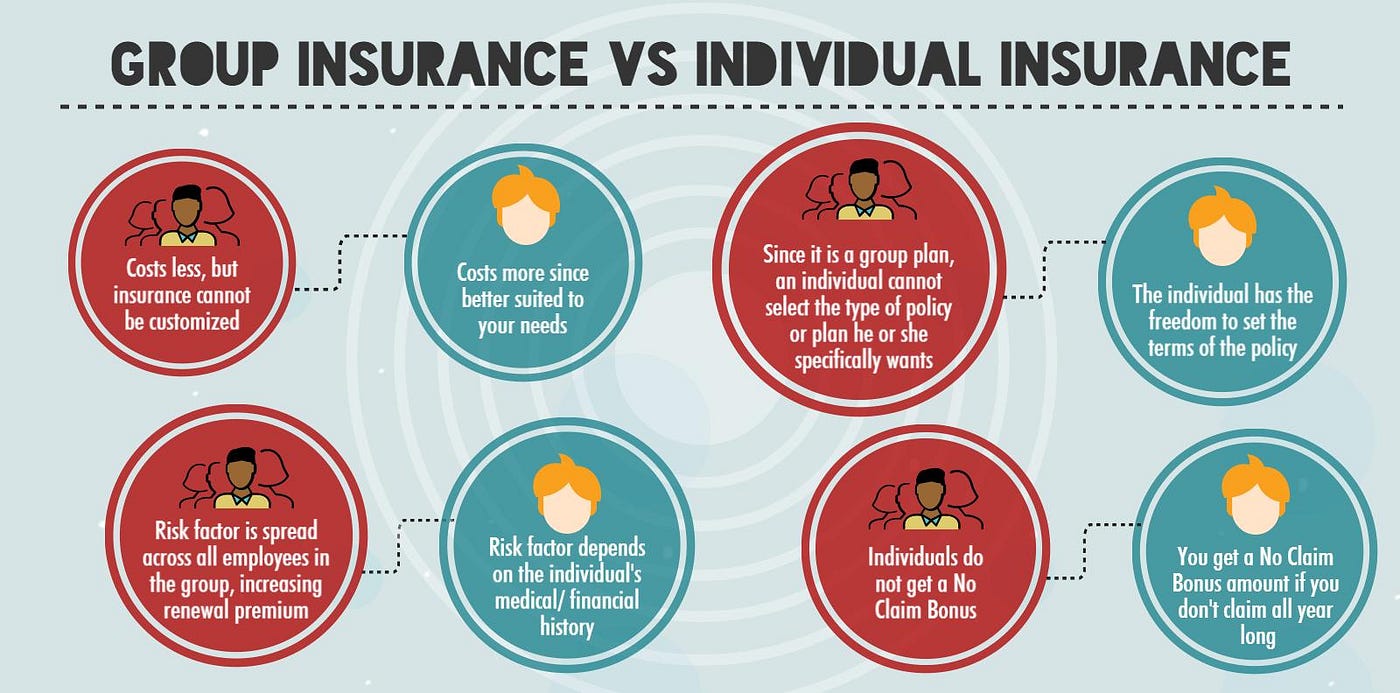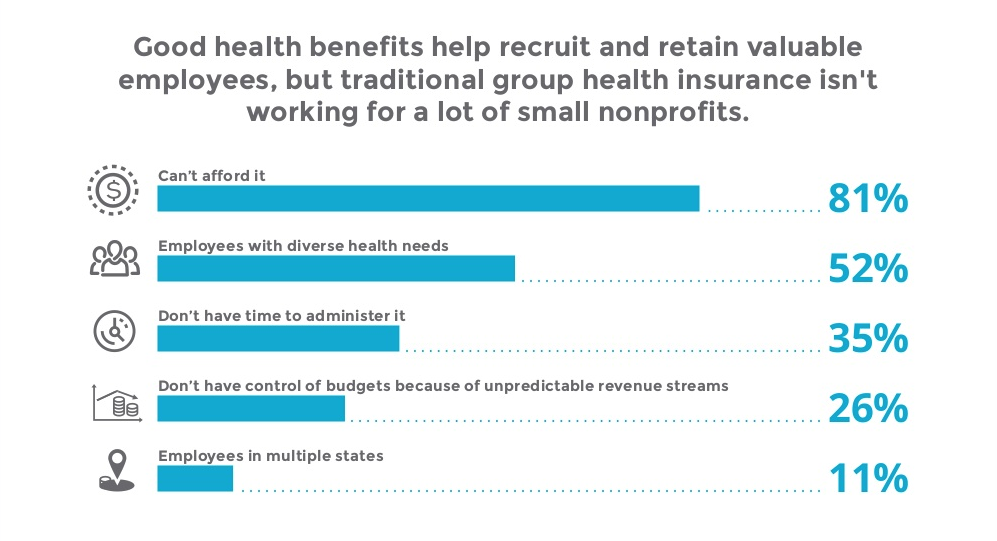Some Known Questions About Medicare Advantage Agent.
Some Known Questions About Medicare Advantage Agent.
Blog Article
Medicare Advantage Agent Fundamentals Explained
Table of ContentsNot known Details About Medicare Advantage Agent The Basic Principles Of Medicare Advantage Agent The Greatest Guide To Medicare Advantage Agent

adheres to from perplexing the relatively young age profile of the uninsured with the better health and wellness, usually, of more youthful persons. This obscures the web link between health and wellness status and medical insurance. For those without access to work environment medical insurance, bad health and wellness is a possible barrier to purchasing nongroup insurance coverage due to the fact that such coverage might be very priced, leave out preexisting conditions, or be simply unavailable. The number of uninsured Americans is not especially large and has not changed in current years. 7 out of ten participants in a nationally depictive survey thought that fewer Americans did not have health insurance coverage than really do(Fronstin, 1998). Approximately fifty percent(47 percent )believed that the variety of people without medical insurance reduced or continued to be constant over the latter half of the last decade(Blendon et al., 1999). This decline of almost 2 million in the variety of people 'without insurance (a reduction
of around 4 percent)is certainly a favorable change. With a softer economic situation in 2000 the most current reported gains in insurance coverage might not proceed(Fronstin, 2001 ). The decline in the variety of without insurance will certainly not continue if the economic climate remains slow-moving and healthcare prices remain to surpass inflation. This is because the data were collected for a duration of strong economic performance. Of the estimated 42 million people that were uninsured, almost concerning 420,000(regarding 1 percent)were under 65 years of age, the age at which most Americans become eligible for Medicare; 32 million were adults between ages 18 and 65, about 19 percent of all adults in this age; and 10 million were youngsters under 18 years old, regarding 13.9 percent of all kids (Mills, 2000). These price quotes of the number of persons uninsured are produced from the annual March Supplement to the Existing Population Study (CPS), performed by the Census Bureau. Unless or else kept in mind, nationwide price quotes of individuals without health insurance and percentages of the populace with different kinds of coverage are based upon the CPS, the most extensively utilized source of quotes of insurance protection and uninsurance rates. These surveys and the estimates they produce are described briefly in Table B. 1 in Appendix B - Medicare Advantage Agent. These surveys vary in size and tasting approaches, the questions that are asked regarding insurance coverage
The Ultimate Guide To Medicare Advantage Agent
coverage, and the moment duration over which insurance protection or uninsurance is measured(Lewis et al., 1998, Fronstin, 2000a ). Still, the CPS is specifically beneficial since it creates yearly price quotes reasonably swiftly, reporting the previous year's insurance coverage estimates each September, and because it is the basis for a constant set of quotes for greater than twenty years, enabling evaluation of trends in protection in time.

Our Medicare Advantage Agent Statements
Over a three-year period beginning early in 1993, 72 million individuals, 29 percent of the united state populace, lacked coverage for at least one month. Within a solitary year(1994), 53 million individuals experienced a minimum of a month without coverage(Bennefield, 1998a). Six out of every 10 uninsured grownups are themselves utilized. Functioning does enhance the chance that one and one's household participants will certainly have insurance, it is not a guarantee. Even participants of family members with two permanent breadwinner have practically a one-in-ten opportunity of being without insurance (9.1 percent uninsured rate)(Hoffman and Pohl, 2000 ). The partnership in between health insurance policy and access to care is well established, as documented later on in this phase. Although the partnership between wellness insurance policy and health results is neither direct nor easy, an extensive clinical and wellness solutions research literature web links wellness insurance protection
to enhanced accessibility to care, far better top quality, and enhanced personal and population wellness standing. The 2nd record, on individual health and wellness outcomes for uninsured grownups, is stood for by the inner circle of the figure, while the 3rd report, on household health, includes the subjects of the 2nd navigate to this site record but emphasizes a different device of evaluation, particularly, the family. The sixth record in the collection will present information about strategies and efforts taken on locally, statewide, or nationally to attend to the absence of insurance coverage and its negative effects. Degrees of analysis for analyzing the impacts of uninsurance. This conversation of health and wellness insurance coverage concentrates largely on the united state population under age 65 due to the fact that virtually all Americans 65 and older have Medicare or other public coverage.
It concentrates especially on those without any wellness insurance coverage for any type of size of time. The problems faced by the underinsured remain in some areas similar to those encountered by the without insurance, although they are usually less severe. Uninsurance and underinsurance, however, entail definitely various policy concerns, and the strategies for addressing them may vary. Throughout this research and the 5 reports to follow, the primary focus gets on persons without medical insurance and thus no assistance in spending for healthcare past what is readily available with charity and safety and security net institutions. Medical insurance is an effective aspect impacting receipt of care since both patients and doctors respond to the out-of-pocket price of solutions. Medical insurance, however, is neither required nor sufficient to gain access to medical services. The independent and straight impact of wellness
insurance insurance policy on access to health wellness solutions well establishedDeveloped Others will get the health care they require even without medical insurance, by paying for it expense or seeking it from carriers who use treatment complimentary or at very subsidized rates. For still others, medical insurance alone does not ensure receipt of care due to other nonfinancial obstacles, such as a lack of healthcare service providers in their neighborhood, article restricted access to transport, illiteracy, or linguistic and cultural distinctions. Official study regarding uninsured populaces in the USA dates to the late 1920s and very early 1930s when the Committee on the Cost of Healthcare created a series of reports regarding financing doctor workplace brows through and hospitalizations. This concern became prominent as the varieties of clinically indigent climbed during the Great Anxiety. Empirical researches consistently support the web link in between accessibility to care and boosted wellness outcomes(Bindman et al., 1995; Starfield, 1995 ). Having a regular resource of treatment can be considered a forecaster of access, as opposed to a straight action of it, when health and wellness end results are themselves used as access signs. This expansion of the idea of access measurement was made by the IOM Board on Keeping An Eye On Access to Personal Health Treatment Services(Millman, 1993, p. Whether parents are guaranteed appears to influence whether or not their children receive treatment as well as how much careeven if the youngsters themselves have insurance coverage(Hanson, 1998). The health of parents can affect their capacity to take care of their children and the level of household tension. Bothering with their youngsters's accessibility to care is itself a resource of anxiety for moms and dads. 3 phases follow in this record. Chapter 2 provides a summary of how employment-based health insurance coverage, public programs and specific insurance plan operate and interact to supply comprehensive however insufficient insurance coverage of the united state population. This consists of an evaluation of historic patterns and public policies affecting both public and exclusive insurance, a conversation of the communications amongst the various kinds of insurance coverage, and an evaluation of why people relocate from one program to one more or wind up
:max_bytes(150000):strip_icc()/coordination-of-benefits-1850523021ff453f8f4f2e19a99324ea.png)
Report this page